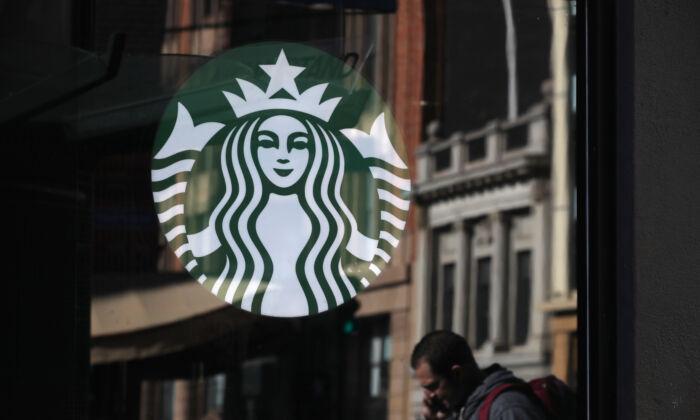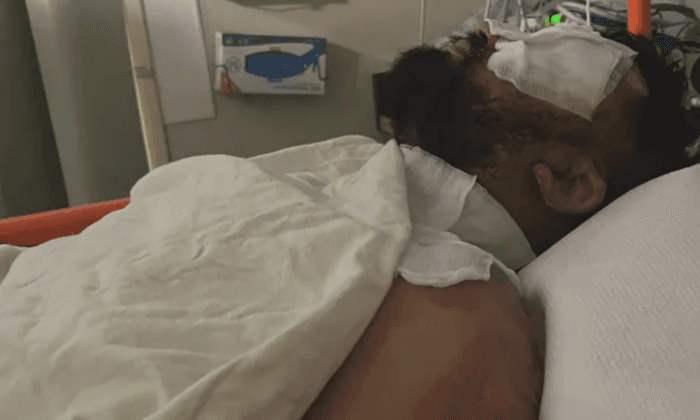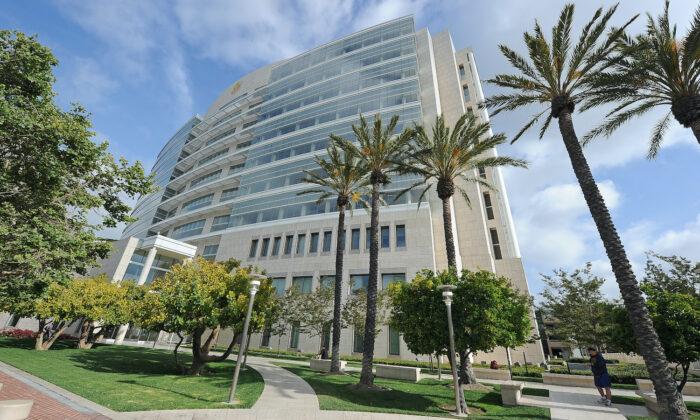The city council in San Juan Capistrano, Calif., approved a new city seal—which will become official at the start of next year—during a council meeting on Tuesday, Sept. 6.
For over 60 years the Mission San Juan Capistrano and its founder, Father Junipero Serra, was depicted on the city’s seal. The city recently commissioned a new design to incorporate other imagery relative to the city’s history.
“[The new seal] reflects aspects of all parts of our culture and our heritage which is so valuable to our community here in San Juan Capistrano,” Mayor Derek Reeve said during the meeting.
The new design by resident Kimberleigh Gavin includes the city’s colors, maroon and gold, depictions of a Native American village, symbols from the rancho era, the Mission bell with Father Serra’s name, as well as a tribute to historical elements from the city, such as oranges, swallows, and walnuts.
“We have such a layered history. I think this tells such a nice story of our city,” said Gavin, who was present at the meeting to answer any questions and explain the thought process behind the design.
Paul Gavin, co-owner of Gavin Arts with his wife, Gavin, told the city council, “It simply gives 10,000 years of history and it’s beautiful.”
One of the Native American tribes that used to live in what is now Orange and San Diego counties, including the region of San Juan Capistrano, are the Juaneño or Acjachemen. They received their Spanish name, Juaneño, because of their close proximity to the Mission San Juan Capistrano.
The Mission, founded by Father Serra in 1776, paved the way for the establishment of the town during the Spanish Era. It provided a much-needed break on the road between San Diego and San Gabriel, and over time, the town grew in size and recognition.
The swallow was an important addition to the design, since the birds have flown to San Juan Capistrano year after year starting in the early 1800s to raise their young in mud nests alongside the mission. After those nests were destroyed during a restoration project in the 1990s, the birds were pushed to other parts of town. Since then, there have been efforts to bring the birds back to the mission.
The agricultural production of oranges and walnuts is also very significant to the region. They were planted in the area by the year 1880 and were a big part of the Rancho Era in the town.
The vote to accept the seal, with some modifications, was supported by four of the five members—excluding Councilmember Sergio Farias. He said his daughter told him he “might get canceled” for including Father Serra in the city seal—since some people disapprove of the history of the missionary’s treatment of Native Americans.
Farias said he doesn’t think the city seal will last one generation as modern times are changing rapidly. “If this has enough votes, so be it, but I won’t be supporting it,” he said.
The decision to change the current city seal began with a vote by the city council on Dec. 7, 2021.
The Cultural Heritage Commission recommended the city seal design by Gavin with various versions and modifications for the city council to review in an Aug. 2 meeting. In response, the council formed a subcommittee comprised of Mayor Pro Tempore Howard Hart and Councilmember John Taylor.
In the weeks leading up to the Sept. 6 meeting, the council subcommittee met with designers, including Gavin, to review various design options before proposing the final decision to the council. Requirements for the new seal included the swallow, as well as the city’s Mission and Native American history.
The adoption of the new seal will be gradual starting in January, according to the city, and the cost will be absorbed within the existing city budget, so there will be no financial impact on taxpayers.




